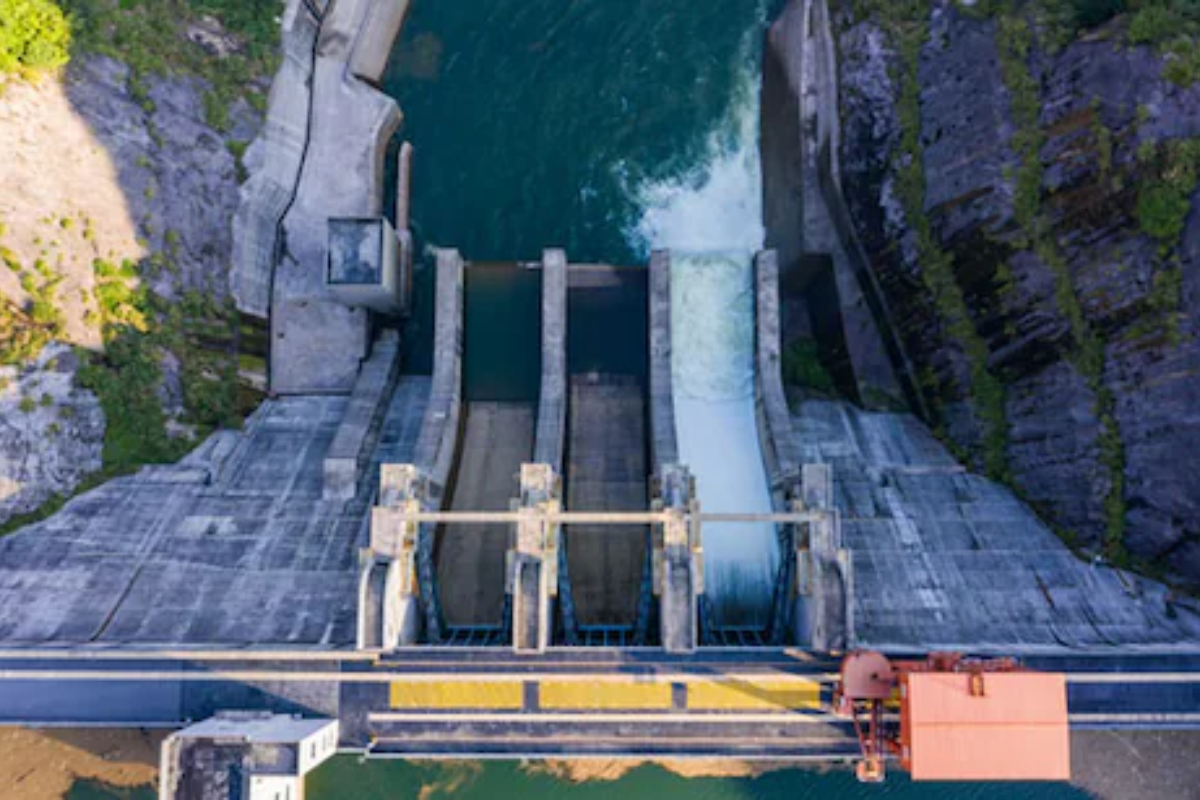China has green lit the construction of what will become the world’s largest hydropower dam, marking the start of an ambitious project on the eastern rim of the Tibetan plateau, which could have significant downstream impacts on India and Bangladesh.
The dam, located in the lower reaches of the Yarlung Zangbo River, is estimated to produce 300 billion kilowatt-hours of electricity annually, more than tripling the 88.2 billion kWh capacity of the Three Gorges Dam, currently the world’s largest hydropower project.
This initiative is seen as key to China’s carbon neutrality goals, expected to boost related industries, create jobs in Tibet, and contribute to its clean energy ambitions.
The region’s unique geography, with the Yarlung Zangbo dropping 2,000 meters over a span of 50 km, offers immense hydropower potential but also presents significant engineering challenges.
While authorities have not disclosed the number of people potentially displaced or the environmental impact on Tibet’s rich ecosystem, Chinese officials have maintained that hydropower projects in Tibet, holding more than a third of China’s hydroelectric potential, will not majorly affect downstream water flows or the environment.
Concerns have arisen from India and Bangladesh regarding the dam’s potential impact on regional water supplies, particularly as the Yarlung Zangbo transforms into the Brahmaputra river, flowing southward into India’s Arunachal Pradesh and Assam states before reaching Bangladesh.
China has already initiated hydropower projects on the upper reaches of the Yarlung Zangbo and plans further developments upstream.

















